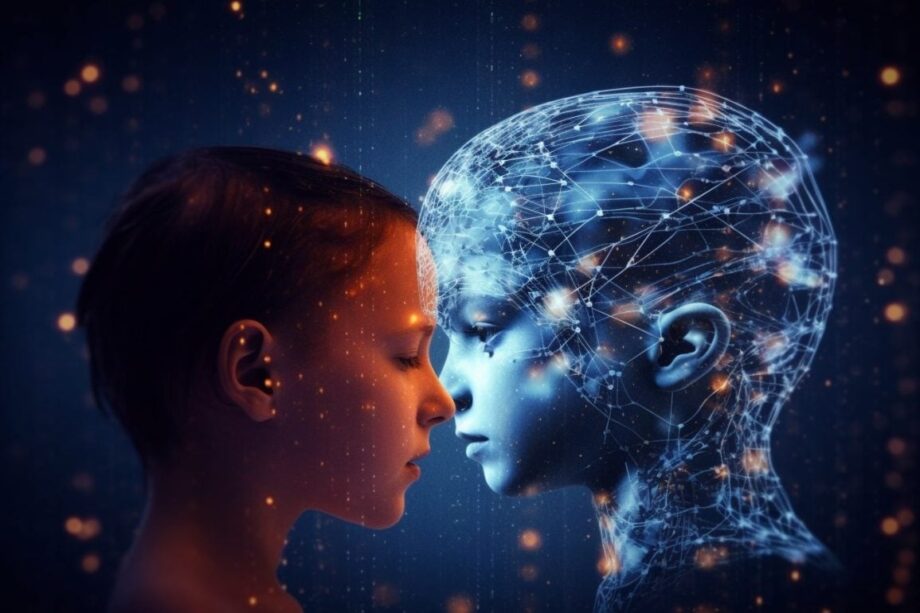Researchers developed an AI-powered emotion recognition tool to assist people with neurodiverse conditions like autism. The technology uses data from wearable EEG and ECG sensors, along with facial analysis, to interpret emotion-related signals.
There is no one defining characteristic of autism. Some of the more typical manifestations of autism relate to emotional awareness. Autistic people can have difficulty recognizing emotional cues in social interactions, affecting how they read body language, tone of voice or facial expressions. This can lead to awkwardness, misunderstandings and even loneliness. It can also affect how some autistic people engage with their own emotions and interests, often causing confusion and withdrawal.
With the rise of new technologies such as artificial intelligence (AI) and machine learning (ML), however, facial expression classification (FEC) systems could help autistic and neurotypical people engage better.
While the potential of FEC systems has already been explored to some degree, Dr. Alexander Wong, a systems design engineering professor and Canada Research Chair in Artificial Intelligence and Medical Imaging at the University of Waterloo, believes there is always room for improvement — particularly when it comes to designing support systems for autistic people that are user-friendly and operate in real-time, real-world scenarios.
Source University of Waterloo

